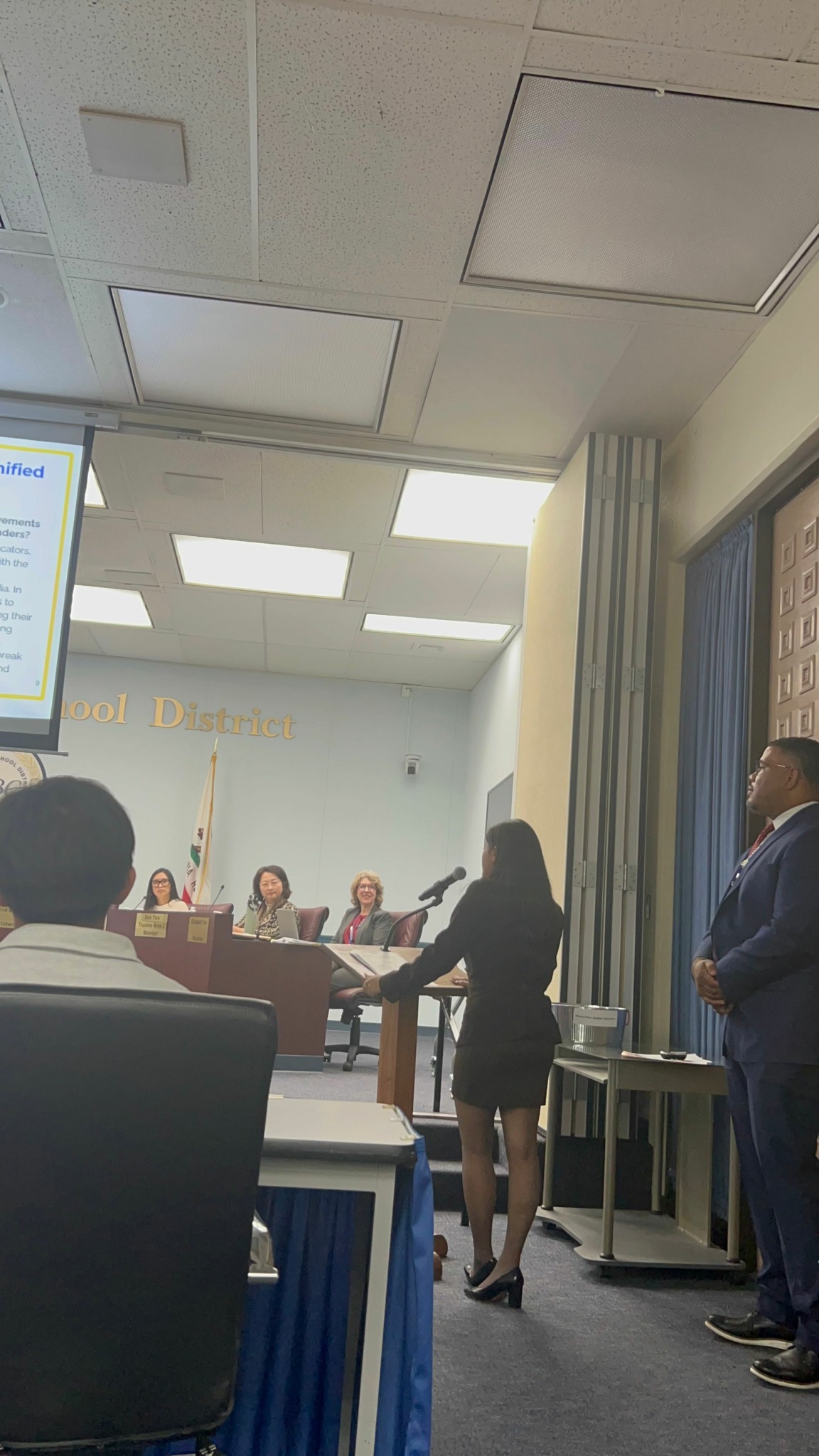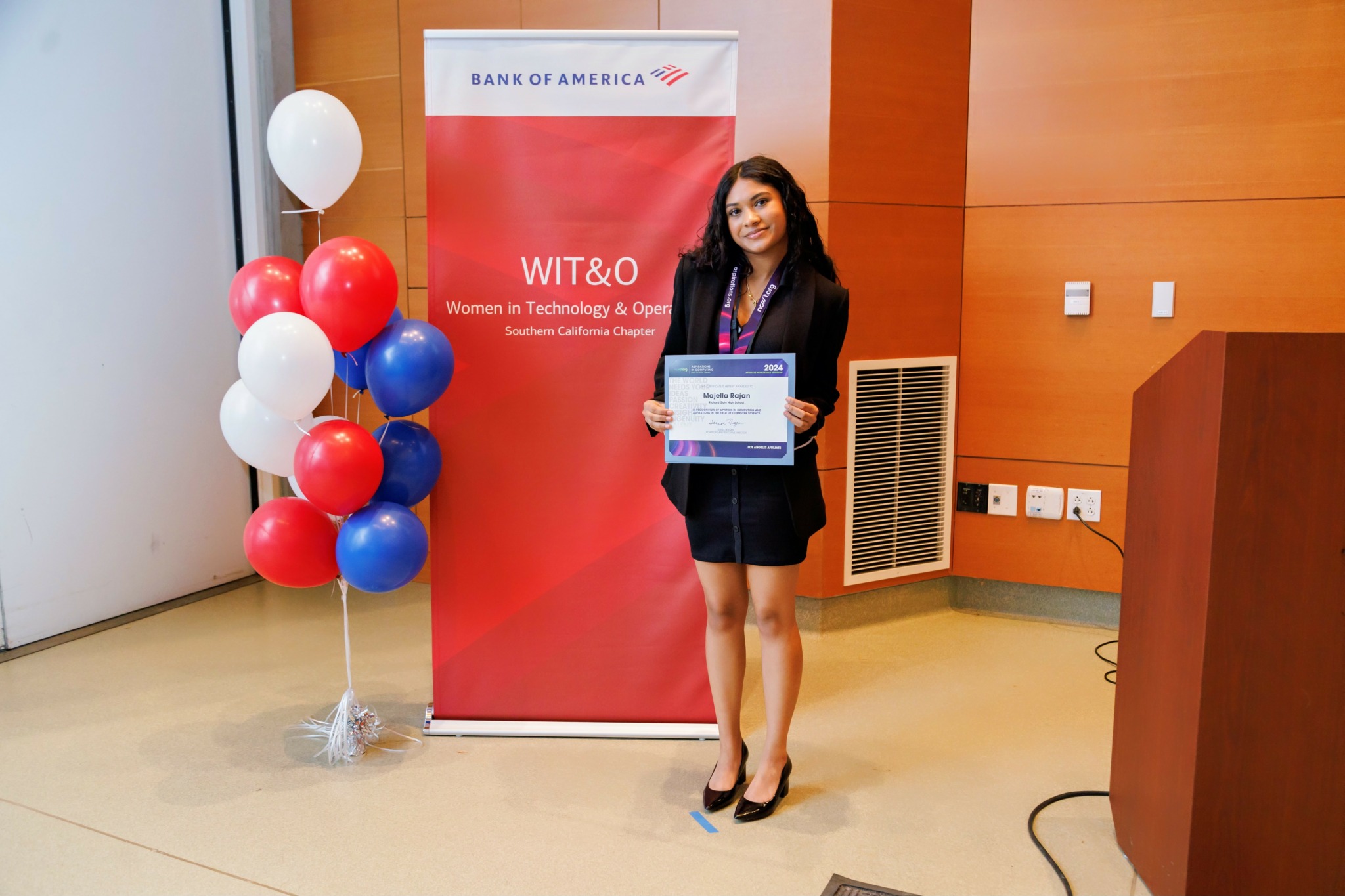We caught up with the brilliant and insightful Majella Rajan a few weeks ago and have shared our conversation below.
Majella , thanks for joining us, excited to have you contributing your stories and insights. We’d love to have you retell us the story behind how you came up with the idea for your business, I think our audience would really enjoy hearing the backstory.
I came up with Way2Easy out of pure frustration.
Back when I was first learning to code, I remember feeling overwhelmed by the way most tutorials explained things. They were either too technical, assuming you already knew a bunch of concepts, or too simplistic, never really diving deep enough. I wanted something in between—something that made learning to code feel natural, intuitive, and, most importantly, *easy*.
The moment that sparked Way2Easy happened when I started tutoring younger students in coding and math. I noticed how many of them were struggling, not because they weren’t smart enough, but because the way things were taught just didn’t click with them. The concepts weren’t the problem—the explanations were.
So, I thought, *What if I could teach coding in a way that actually makes sense?* No unnecessary talk, no confusing explanations—just a straightforward, engaging way to learn. That’s when the idea for Way2Easy was created.
I started by creating short, digestible lessons, breaking down coding into simple, bite-sized pieces. I made videos, interactive exercises, and real-world projects that made students feel like they were actually building something instead of just memorizing syntax. The response was amazing. Students who once thought coding was too hard were suddenly writing their own programs, excited to learn more.
That’s when I knew this could work. I wasn’t just teaching coding—I was changing the way it was taught. Other platforms existed, sure, but Way2Easy offered a different approach: clear, structured, and beginner-friendly without being watered down.
What got me most excited was seeing students go from “I don’t get this” to “Wait, I can actually do this!” That feeling—that moment when something clicks—is what drives me to keep improving and expanding Way2Easy. It started as a simple idea, but it’s grown into a full platform where students can learn coding and math in a way that makes sense for *them*.
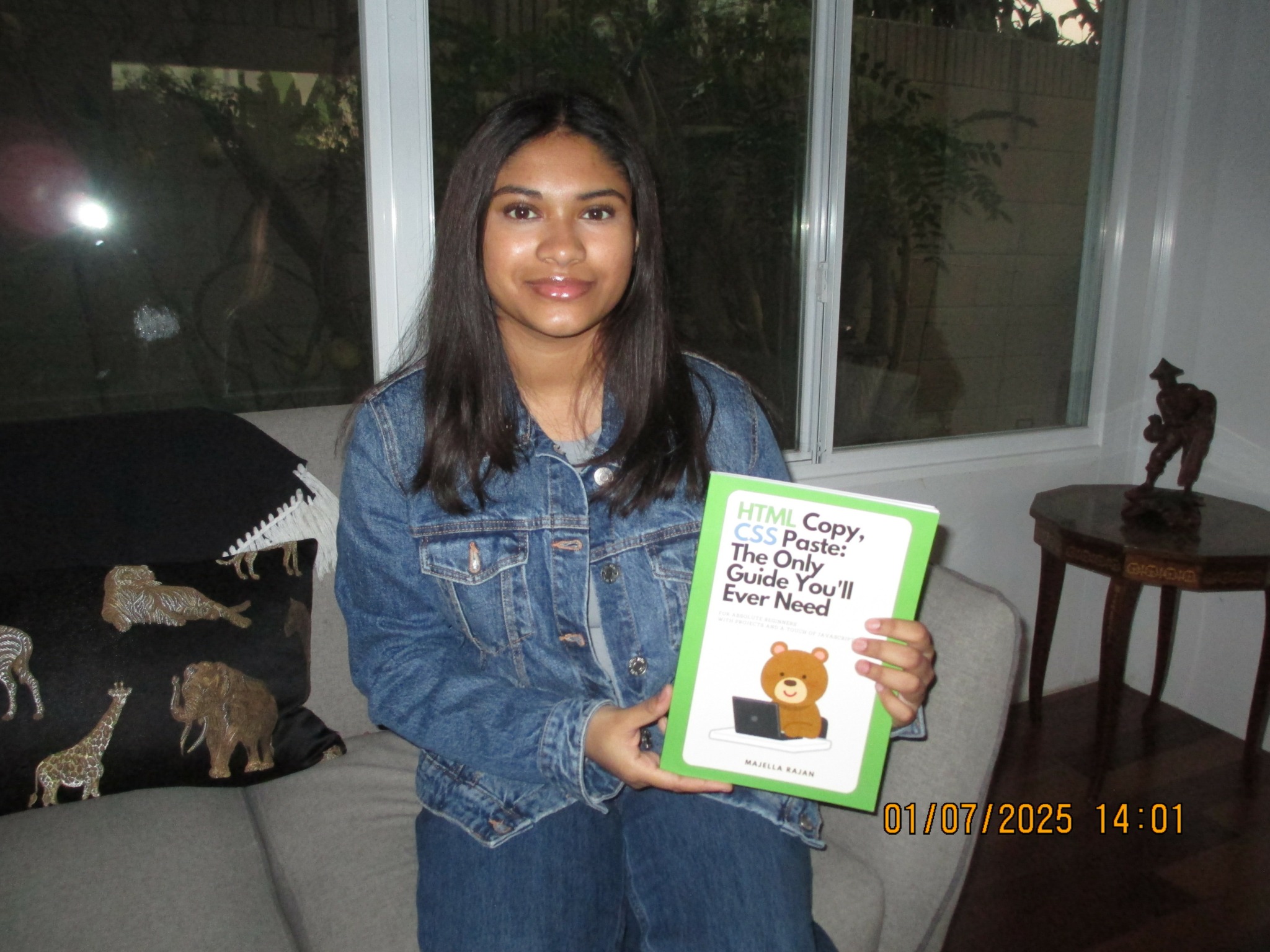
Majella , before we move on to more of these sorts of questions, can you take some time to bring our readers up to speed on you and what you do?
I’ve never been one to sit back and wait for solutions—I’d rather build them myself. That mindset has shaped everything I do, from launching educational platforms to developing AI tools. If I see a gap, I fill it. Because if no one else is stepping up, why not me?
That’s exactly why I started Way2Eazy—to make coding more accessible. What started as me teaching a few students has grown into an international platform with 40+ students across 4 active chapters in 3 countries. I’ve designed six full-length courses on HTML, CSS, Java, Python, and Ruby and hosted hands-on coding workshops to make learning more engaging. But I wanted to do more than just teach—I wanted to make coding feel personal. That’s why I launched Way2EazyBytes, donating 100+ binary bracelets with uplifting messages to kids in schools, turning programming into something meaningful beyond the screen.
At the same time, I kept seeing students struggle to find clubs and scholarships, so I built Collab4Change—a platform that connects students to 150+ student-led organizations and 100+ scholarship opportunities. In just a few months, we’ve grown to 600+ users and reached 12.6K accounts on Instagram. It’s proof that sometimes all people need is the right tool to take charge of their own opportunities.
Beyond tech, I love writing. I wrote HTML Copy CSS Paste: The Only Guide You Need—a 90-page beginner-friendly coding book—because I know how intimidating coding can feel at first. I’ve shared it with 100+ elementary students, making web development more approachable for younger learners.
I also stay involved in my local community—whether it’s organizing fundraisers as Treasurer for multiple clubs, running yearly card drives for St. Jude’s Hospital, or advocating for students as a Site Council representative.
At the end of the day, I’m driven by one thing: if something needs to be done, I don’t wait—I make it happen. Whether it’s a website, a book, or a new AI tool, I believe the best way to solve a problem is to take action. Because problems aren’t barriers—they’re just pointing you toward your next big solution.
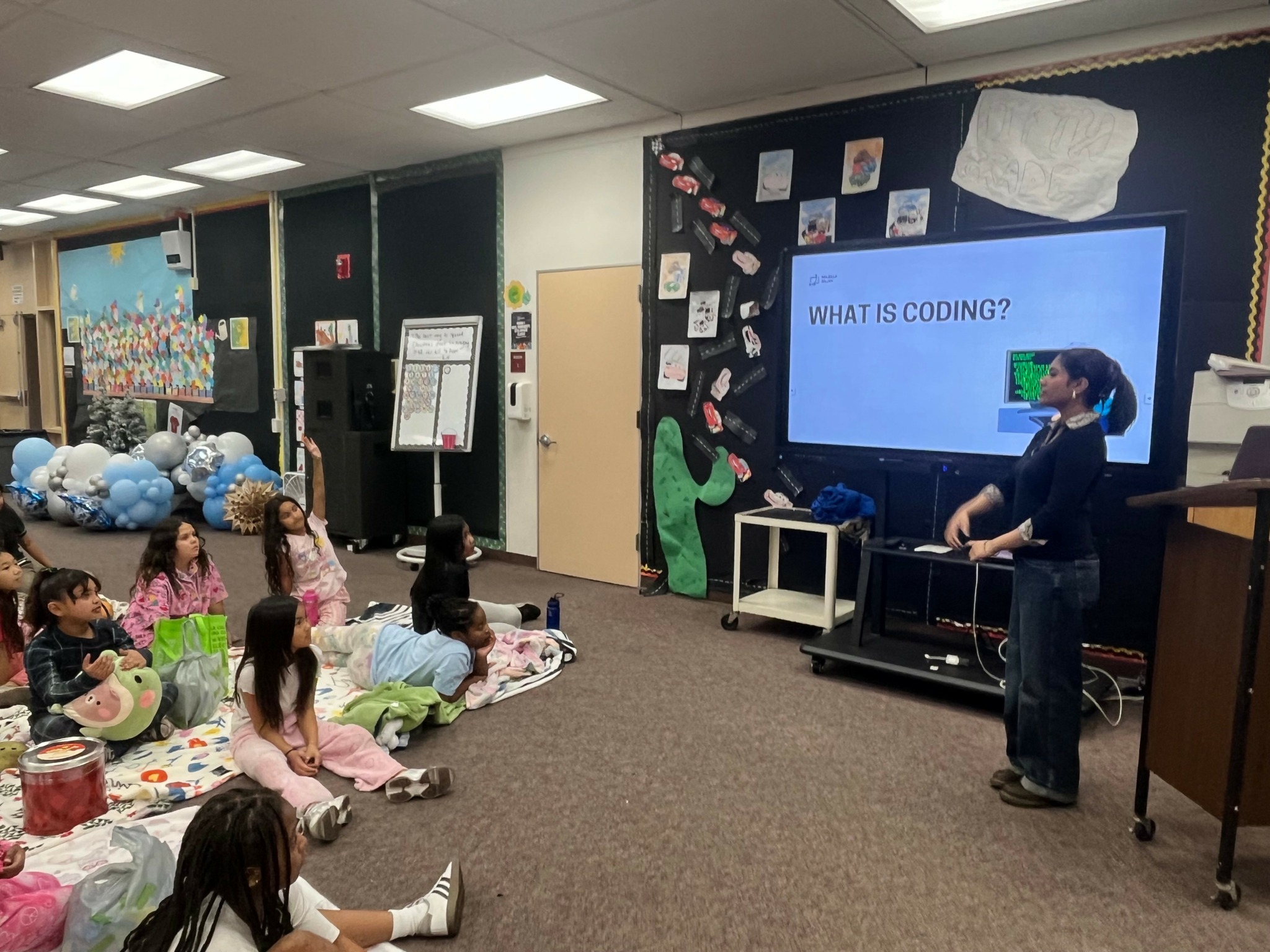
We’d love to hear a story of resilience from your journey.
One of the biggest lessons I’ve learned is that sometimes, the hardest part of doing something isn’t the work itself—it’s believing that you can. That’s exactly how I felt when I decided to write HTML Copy CSS Paste.
I wanted to create a beginner-friendly guide to coding something that made web development feel less intimidating. But as I started writing, doubt crept in. Would anyone actually read this? Was I explaining things well enough? There were moments when I almost scrapped the whole thing, convinced that there were already too many coding resources out there.
But I reminded myself why I started: because I wished I had a book like this when I was learning. So I kept going, breaking down concepts into simple, engaging lessons, designing visuals, and making sure it was something that didn’t just teach coding—but made it fun. And when I finally shared it with over 100 elementary students, seeing their excitement and confidence grow made every late night of writing worth it.
That experience taught me that imposter syndrome doesn’t mean you aren’t capable—it just means you care. And if something doesn’t exist in the way you wish it did? Then you build it yourself.
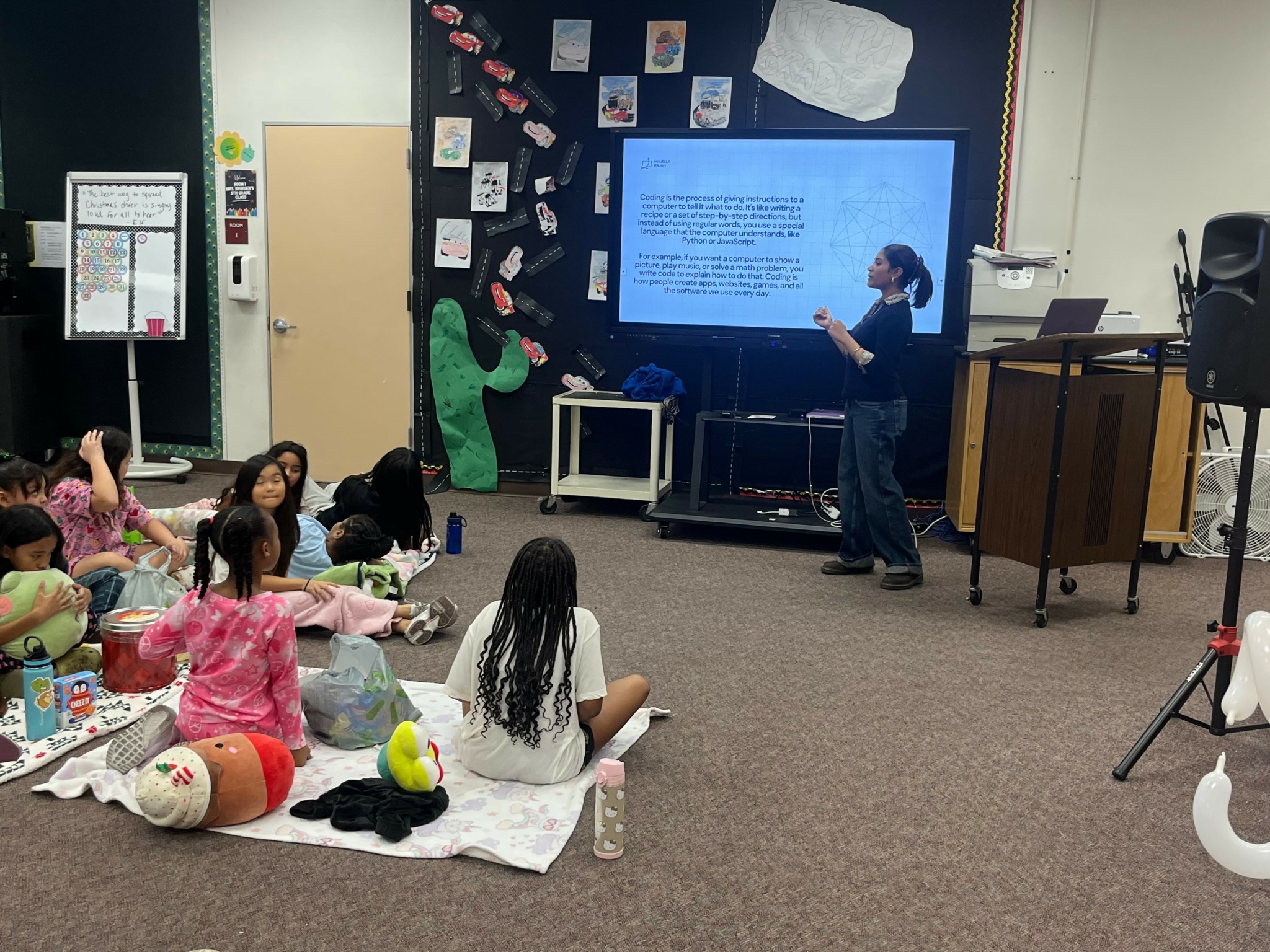
Are there any books, videos or other content that you feel have meaningfully impacted your thinking?
One book that significantly shifted my perspective on management is Atomic Habits by James Clear. Not because I wanted to become more productive, but because it taught me how small, consistent changes can lead to massive results. The book emphasized that true growth happens not through radical transformations, but through the aggregation of tiny improvements over time. It made me realize that management isn’t just about big decisions or grand visions—it’s about the little habits that shape our daily actions and, ultimately, our success.
This idea led me to focus on developing better habits for myself first. I began reflecting on how my actions impacted the teams I led. Whether it was the way I communicated, how I handled challenges, or how I prioritized tasks, I realized that my daily routines directly influenced the atmosphere around me. If I didn’t have strong habits, I couldn’t expect others to follow through or stay motivated.
I also started applying these principles in my leadership roles. I would break down large projects into smaller, manageable tasks and encourage my team to build their own systems of progress. The real breakthrough came when I understood that leading well starts with leading myself—creating habits that not only benefited me but also set an example for those around me.
Ultimately, *Atomic Habits* helped me embrace the idea that leadership isn’t about having all the answers; it’s about being consistent in making small decisions that collectively lead to bigger, more impactful outcomes.
Contact Info:
- Website: https://www.majellarajan.com/
- Linkedin: https://www.linkedin.com/in/majellarajan
- Other: Link to way2eazy = https://www.way2eazy.com/
Link to my book = https://www.amazon.com/HTML-Copy-CSS-Paste-Guide/dp/B0DKC8CDZD
Link to https://www.collab4change.org/
